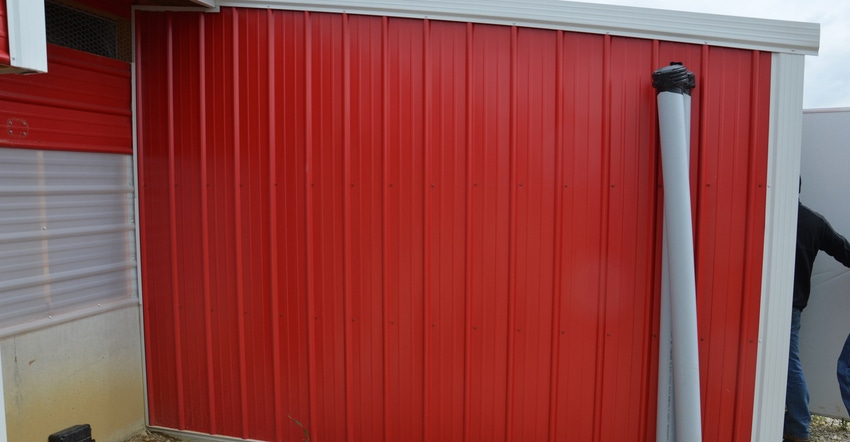
A relatively new livestock confinement barn was built with adding solar panels in mind. Some essential parts that would be needed to conduct energy from solar panels to the electricity grid were included during construction because it would be difficult to add them later. But as of now, the building doesn’t have solar panels.
Why? Because the producer wanted to see how legislation played out in Indianapolis during the 2017 session before deciding if solar power would be a good investment. At stake is the rate at which the producer would be compensated for extra electricity produced above what was needed to power the building. If reimbursement was at the rate utilities charge customers, the payoff for solar would be much faster than if reimbursement was only at the rate utilities pay their suppliers for electricity.
The difference was great enough to cause the producer to wait and see before actually installing the panels. Whether they will go up or not is still in question. That’s because it may take a while to sort out the impact of the legislation about alternative energy that was passed — and not only for this operation, but also for agriculture in general.
Key points
Here are four key points in the new alternative-energy law. Indiana Farm Bureau legislative specialist Justin Schneider provided this information.
1. New law only applies to investor-owned utilities. This is key. The law does not apply to REMC service territories. So if you’re served by REMC, this law doesn’t apply. Your best bet is to contact your local REMC and discuss implications of installing solar energy before you proceed.
2. Goal is to phase out net metering concept. The law converts those with electricity to sell from alternative energy from net metering to a payment system, where the utility pays for energy put on the grid. With net metering the meter wheel literally runs backward or forward, depending upon if your system is supplying enough energy for your needs and more, or not supplying enough even for your needs. The legislation established an end date for the use of net metering. It is July 1, 2022.
3. Exceptions are included in the legislation. Here’s where things might get complicated. Say you’re the producer with the barn ready for solar, you’re served by an investor-owned utility and you decide to install it this year, before Jan. 1. Then you can stay on net metering until 2047, according to Indiana Farm Bureau’s final Public Policy Dispatch issued after the session ended.
However, if you are the producer with the barn served by an investor-owned utility and wait until after Dec. 31 to install solar power, you can operate in the net metering program until July 1, 2032.
4. Rate set after net metering ends for a project. Once net metering ends on your project, you will receive 1.25 times the marginal price paid by the utility for energy that it purchases. The price for excess energy you put on the grid will be based on what the utility paid during the most recent calendar year.
About the Author(s)
You May Also Like




